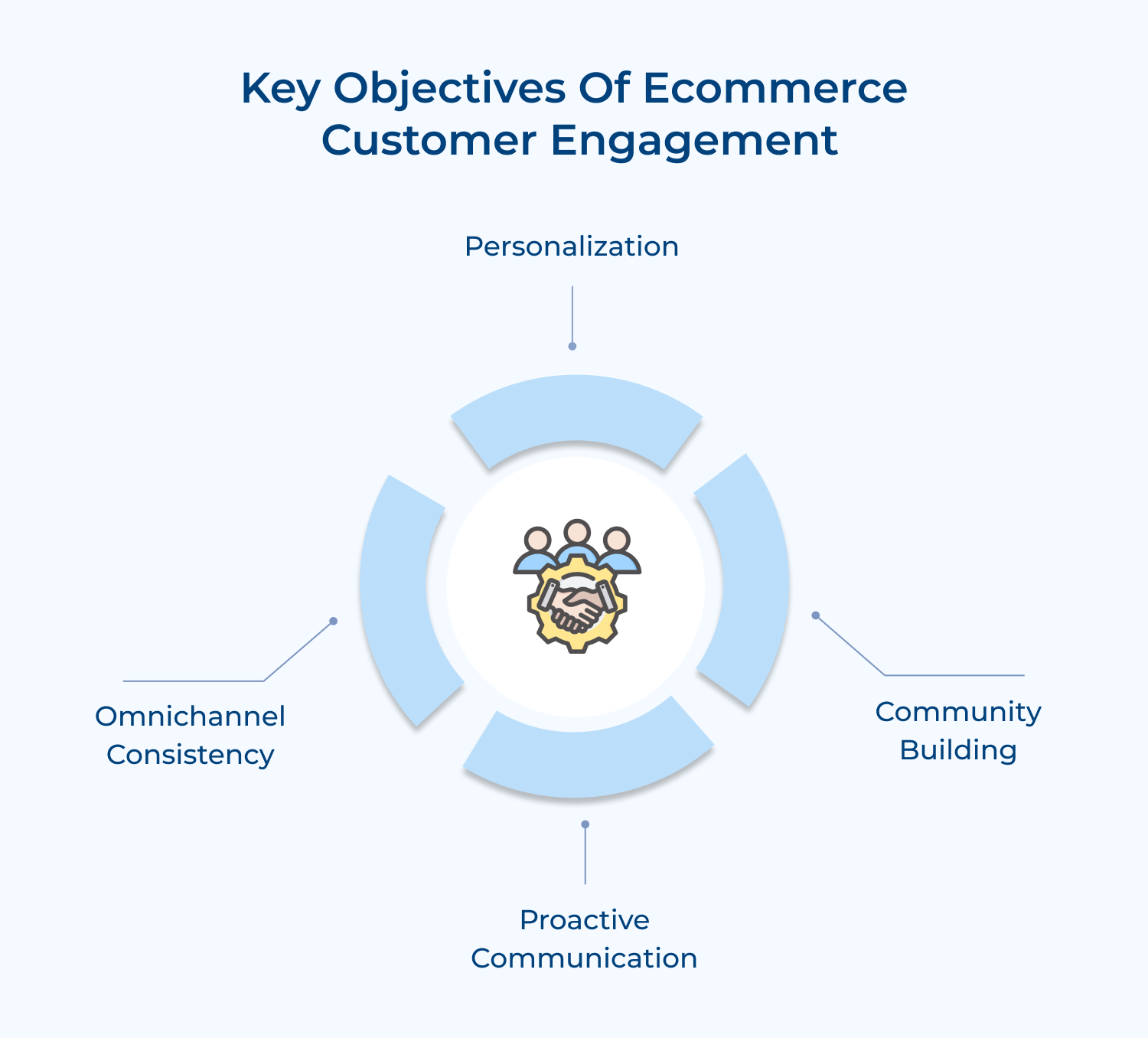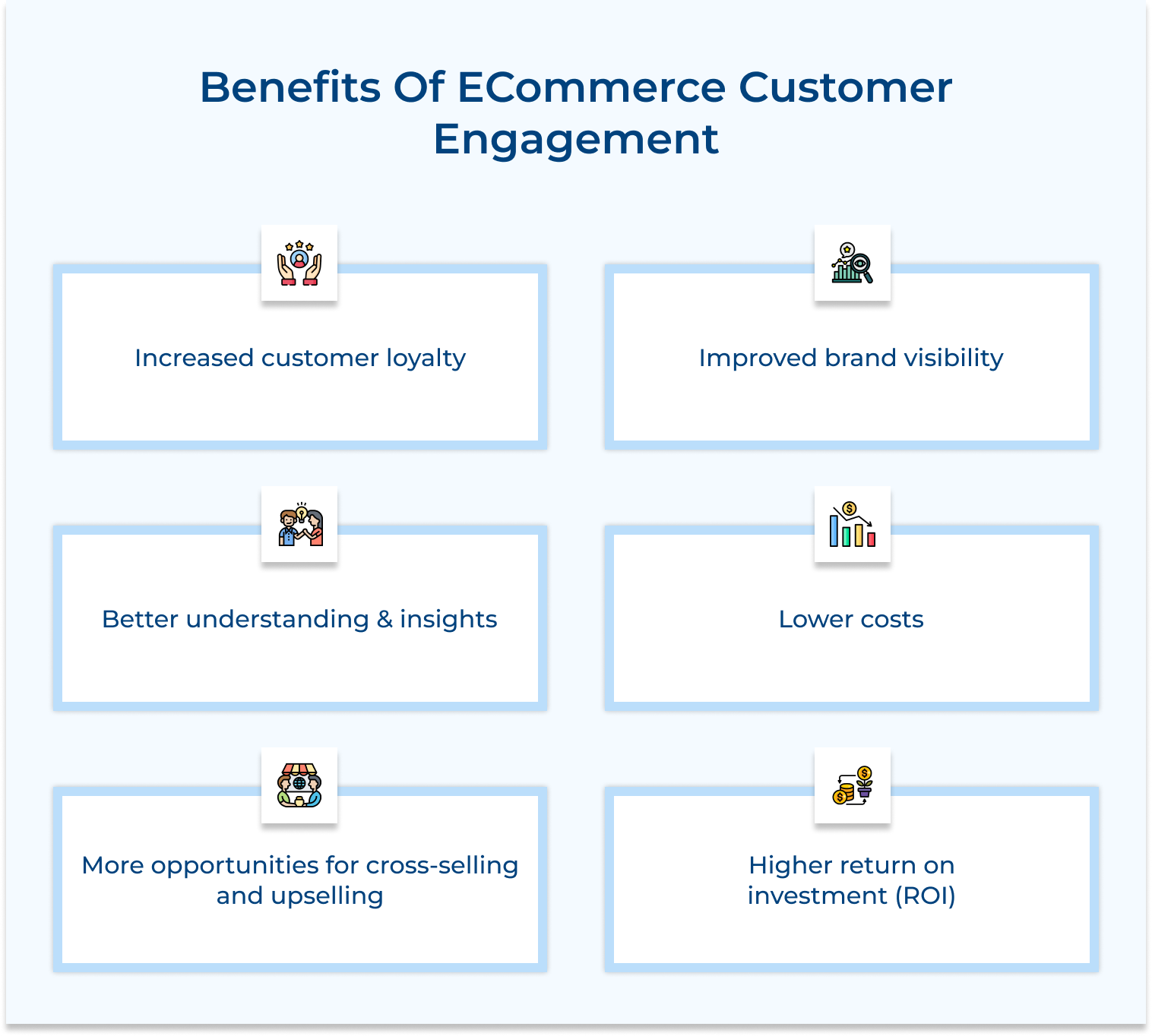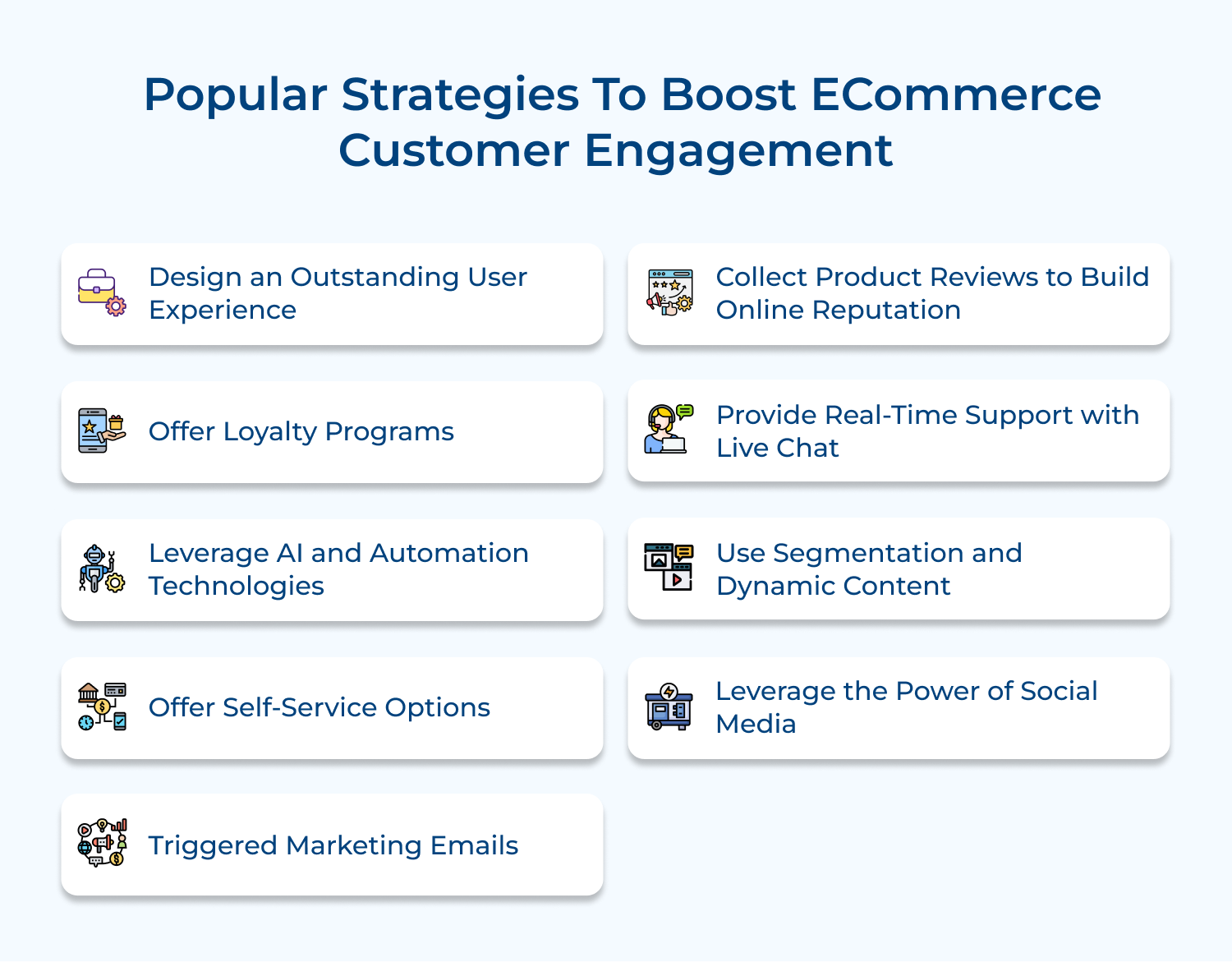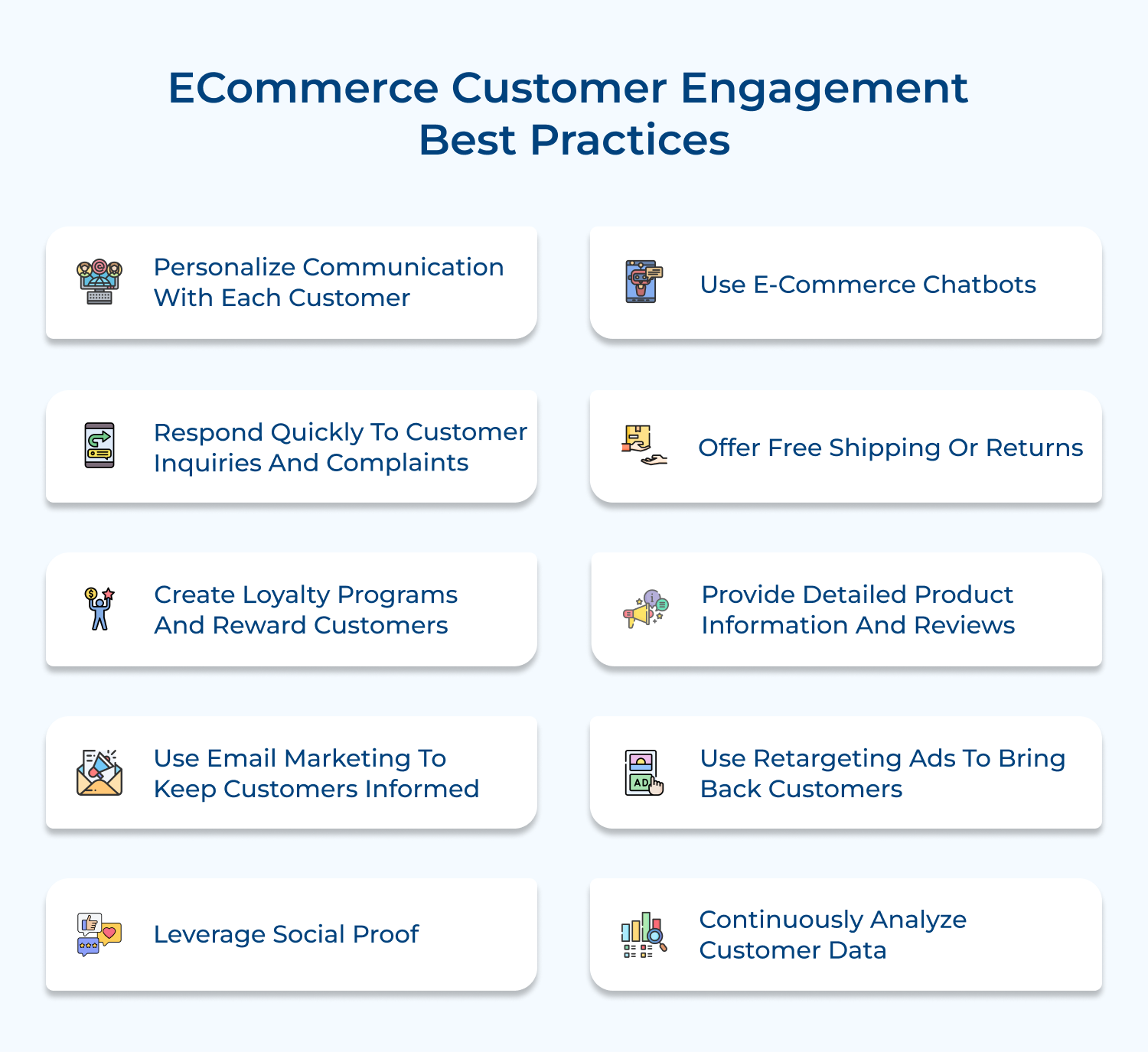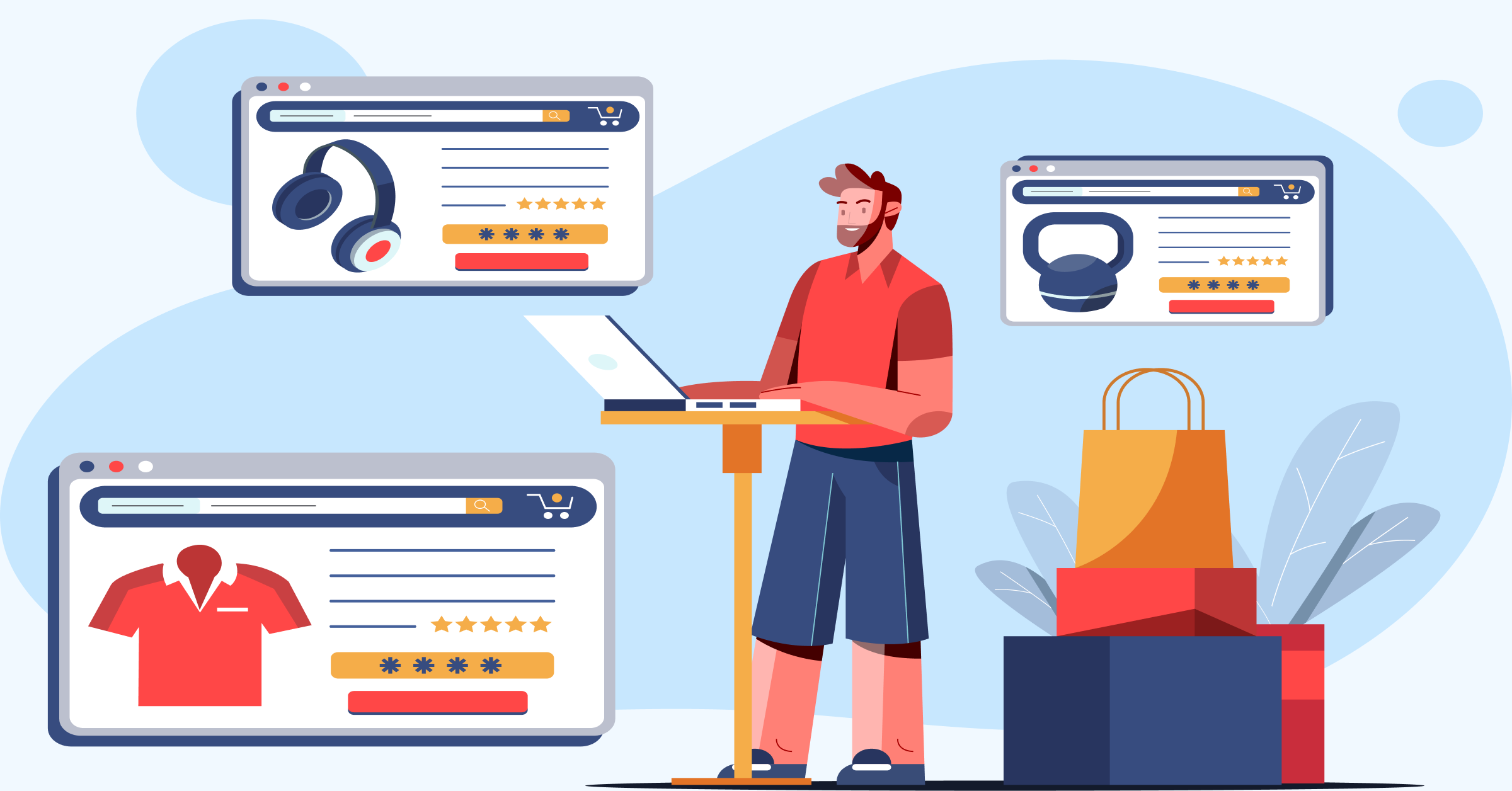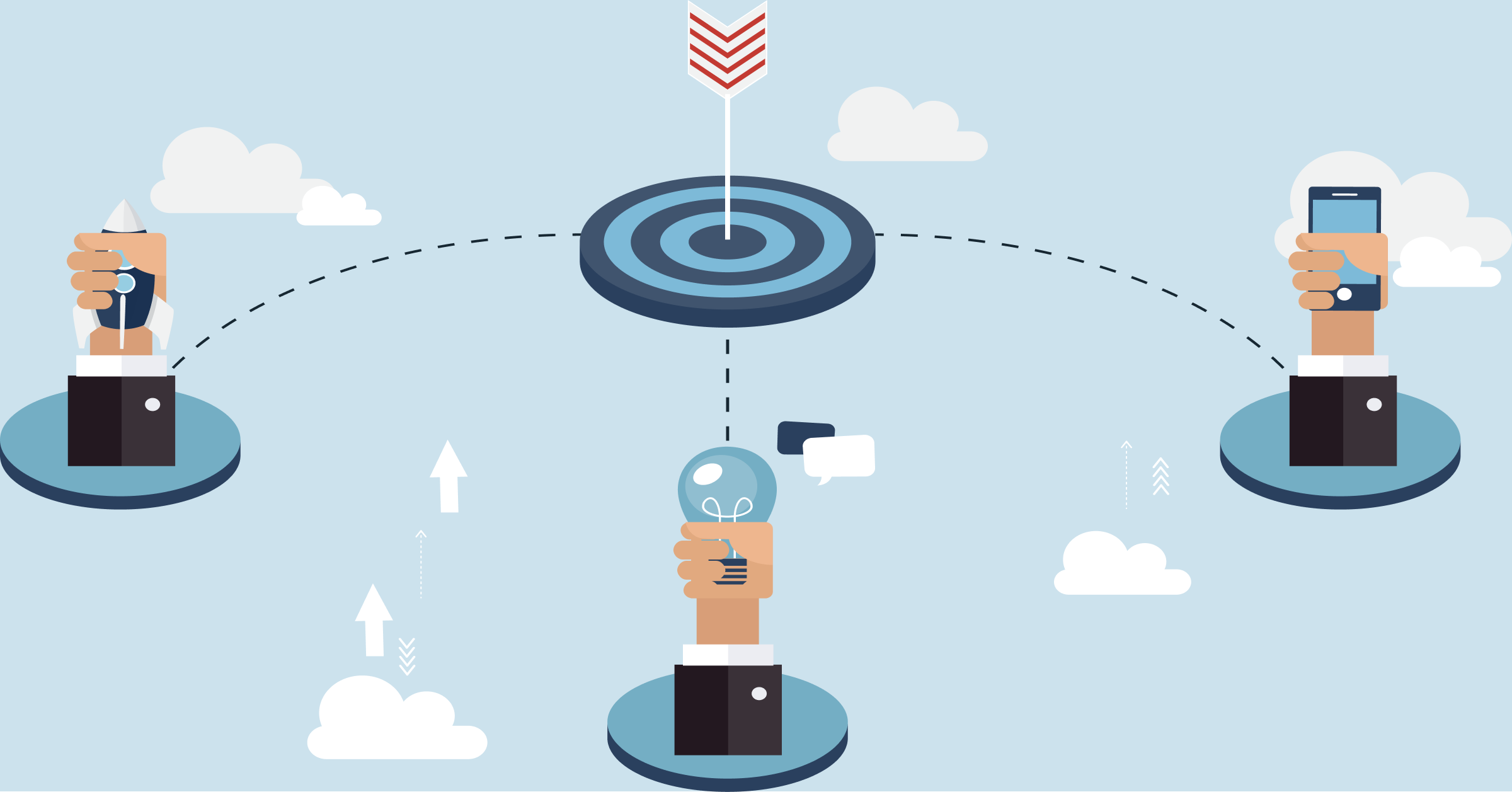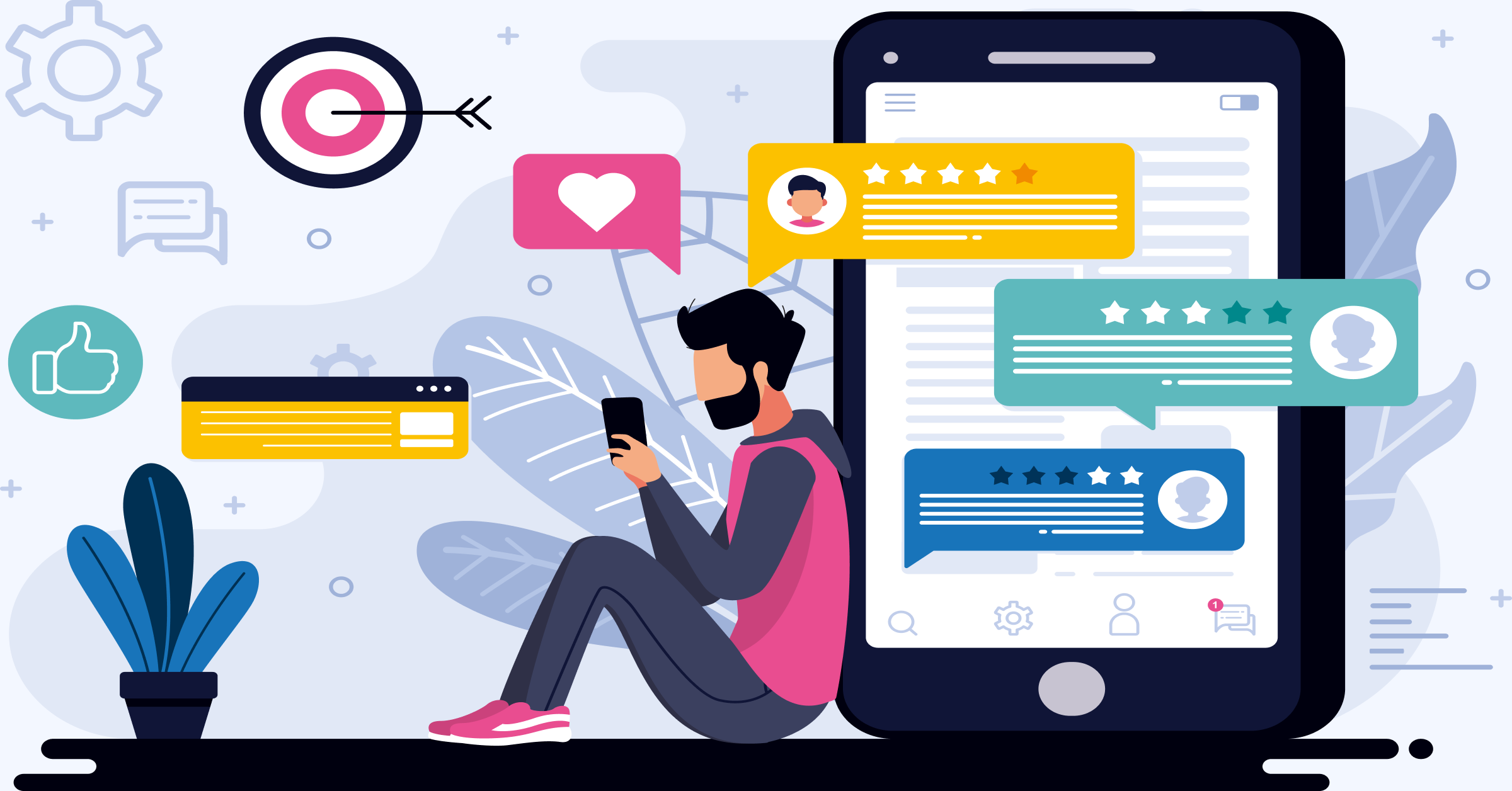The loyalty program gives its members access to benefits consisting of two-day delivery,free streaming of videos and music for a monthly ($12.99) or annual fee ($99/$49). It also gives users a chance to invite a friend for a reward of $5 Prime Referral Credit.
Some common loyalty program incentives include free products, exclusive discounts, cash-back rewards, and birthday coupons. The key is to create incentives that align with your customer’s interests and offer real value for their loyalty to your brand.
3. Leverage AI and Automation Technologies
Leveraging Artificial Intelligence (AI) and automation technologies can help personalize the customer experience by providing tailored product recommendations, personalized marketing messages, and proactive customer service.
Likewise, automated email campaigns that trigger based on customer behavior and purchase history can help keep customers engaged as well as entice them to return for repeat purchases.
How bots can fit best for customer engagement of your eCommerce site.
- Recommending the right products – Bots are widely used to improve customer service, suggesting customers find the right products or services that will streamline the user experience.
- Provide personalized experience – Customers are more likely to make a purchase from a brand that provides personalized experiences across all touchpoints.
- Engage customers 24×7 – Bots are available round the clock to engage customers and answer their common queries instantly. They are easily scalable and reduce the number of support tickets.
- Predict user intent – AI-powered chatbots have the capability to detect intent and follow up with relevant conversation flows to engage.
4. Offer Self-Service Options
Forrester research shows that 53% of customers are likely to abandon an online purchase if they can’t find a quick answer to their question. Hence, offering self-service options is extremely vital.
Offering self-service options such as FAQs on your website, you’ll provide prospects with everything they need while they’re browsing on your site, reduce the number of tickets and phone calls that could hamper the agents’ productivity.
Besides this benefit, there are various tools available that work together with AI technology like Drift or Hubbot that streamline online conversations between an AI support agent and one-click problem resolutions delivered straight away at point-of-contact – win-win scenario!
5. Triggered Marketing Emails
Using triggered emails is a great way of improving eCommerce customer engagement.
You can use triggered emails such as abandoned cart reminders and follow-up emails after a purchase in order to engage customers further down the line after initial contact has been made.
While abandoned cart reminders are sent when prospects have added items but failed the follow-through checkout process, follow-up emails typically include incentives such as discounts on future orders – both email types serve the purpose of increasing retention which keeps existing consumers engaged for a longer period of time – result: extra revenue stream!
6. Collect Product Reviews to Build Online Reputation
Gone are the days of showcasing products for purchase with no reviews or customer feedback attached about their quality.
Modern consumers want all available information before making an informed purchase decision, which can come from reviews written by current users of the product or service, as well as from professional product reviewers.
Your goal should be to showcase both kinds of reviews (unless there are none available) so customers have a comprehensive view of each product and service your company offers before deciding if it’s right for them – which helps keep their engagement high.
7. Provide Real-Time Support with Live Chat
79% of consumers prefer live chat because it provides them with immediate support at the time they need it. Live chat is the best tool that delivers exceptional value in terms of engaging visitors in real time and increasing customer satisfaction.
It enables eCommerce businesses to connect with their customers and offers solutions to their problems, leading to an increase in customer satisfaction. Brands like Intuit and Sam’s Furniture incorporated live chat and had a significant increase in sales conversions.
Key ways how live chat helps to boost your eCommerce engagement.
- Engage customers proactively – The visitors who just browse or compare prices, proactively engaging with them when they need help, increases the chances that the visitors will convert into buyers.
- Understand customer pain points – Live chat empowers support agents to tap into the pain points of the visitors and provide the best solution.
- Gain insights into customer behavior – The tool helps to learn a lot about your customers based on their visited pages.
- More sales via mobile – Live chat helps to integrate a mobile chat window and can guide the customers to complete the purchase.
- Live chat can boost sales, too – a business can upsell products, cross-sell complementary items, or offer personalized discount codes to incentivize the purchase while the customer is still browsing.
- Having a well-trained team of customer support personnel available on live chat ensures that your e-commerce store is constantly engaging with customers and satisfying their needs.
8. Use Segmentation and Dynamic Content
Segmentation and dynamic content are powerful tactics for personalizing the customer experience.
These strategies involve breaking down customer data into specific groups or segments based on demographics, behaviors, or other characteristics. Once customers are segmented, e-commerce companies can use dynamic content to personalize the customer experience.
Dynamic content is content that changes based on the customer’s behavior, preferences, or other predefined criteria.
For example, an eCommerce company may email personalized product recommendations based on the customer’s past purchases. Or, they may display a different homepage for customers who have shown an interest in a specific product category.
9. Leverage the Power of Social Media
Online stores with a social media presence have an average of 32% more sales than those that don’t.
Social media should be utilized in order to reach out directly to customers in an authentic manner, share feedback over different platforms, and create a sense of community across multiple networks.
A strong social presence enables you to slice and dice the content you create and reach out to your audience through it.
It covers selecting the right social media platforms, creating engaging content, and using social media analytics to optimize performance. ECommerce brands can also use social media as a customer service channel, allowing customers to reach out with questions or concerns.
By providing excellent customer service on social media, e-commerce companies can build customer loyalty, prevent churning of unhappy customers and strengthen their brand.
Examples of Successful ECommerce Consumer Engagement
E-commerce customer engagement is an essential component of successful e-commerce businesses. It helps businesses maintain client relationships, build loyalty, and increase sales.
As a leader in eCommerce customer lifecycle engagement, Amazon offers its Prime members exclusive benefits including free two-day shipping, discounts on select items and access to streaming services like Prime Video. These services further enable customers to become invested in the brand and create a stronger sense of community around shared personalized experiences.
Warby Parker’s online eyewear shop is designed to provide an easy shopping experience to its customers. From helpful video tutorials to virtual try-on tools and chat agents available round the clock, Warby reaches out easily with all the necessary information needed by the consumer while allowing them to book virtual appointments at the same time. This makes it incredibly easy for customers to get these customized products without ever leaving their homes.
Adidas has been able to revamp its brand image through expansive content initiatives on social media channels such as Instagram and YouTube. Adidas also offers reward points for every purchase which later can be redeemed against future purchases or refer to friend rewards which incentivize existing customers or fans of the company’s products.
The success of Adidas’s campaigns highlights how important properly engaging with audiences is when companies want to increase sales or foster loyalty from their fan base.
Bonobos built its customer loyalty around offering an excellent post-purchase service experience which includes an easy returns process without questions asked policy and options like next-day delivery throughout major US cities so you never run out of Bonobos clothes again.
Beyond this program, Bonobos has also cultivated powerful relationships with their customers by sponsoring events throughout different cities in North America so customers can learn about sizing problems for themselves directly from a Bonobos product expert!
ECommerce Customer Engagement Best Practices
Engaging with customers is key to building a successful eCommerce business.

